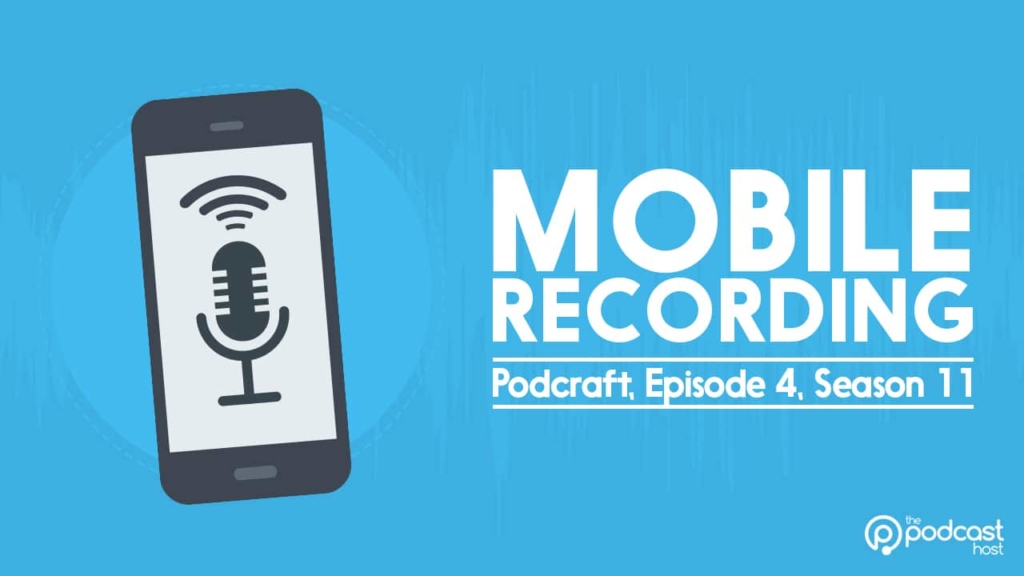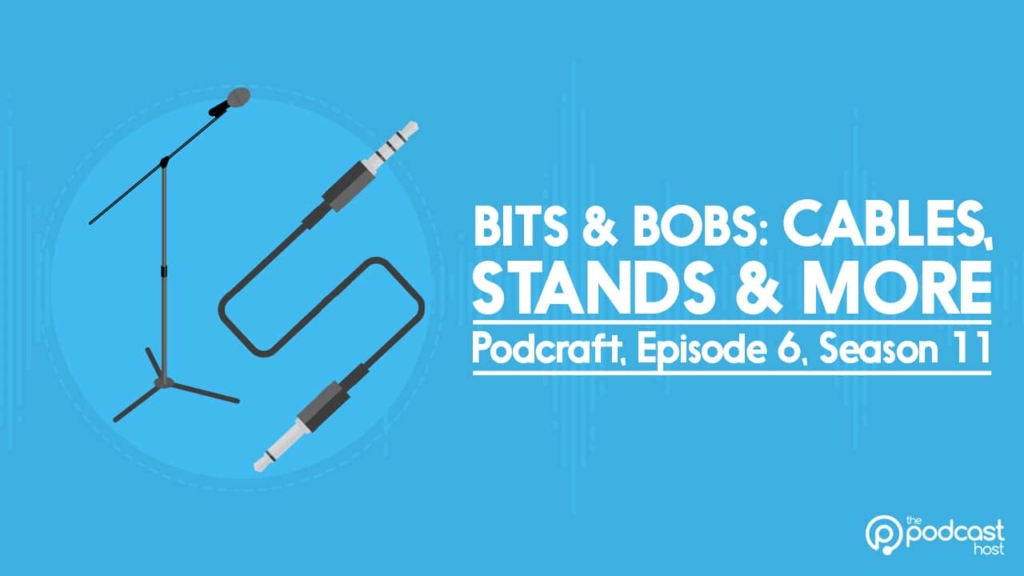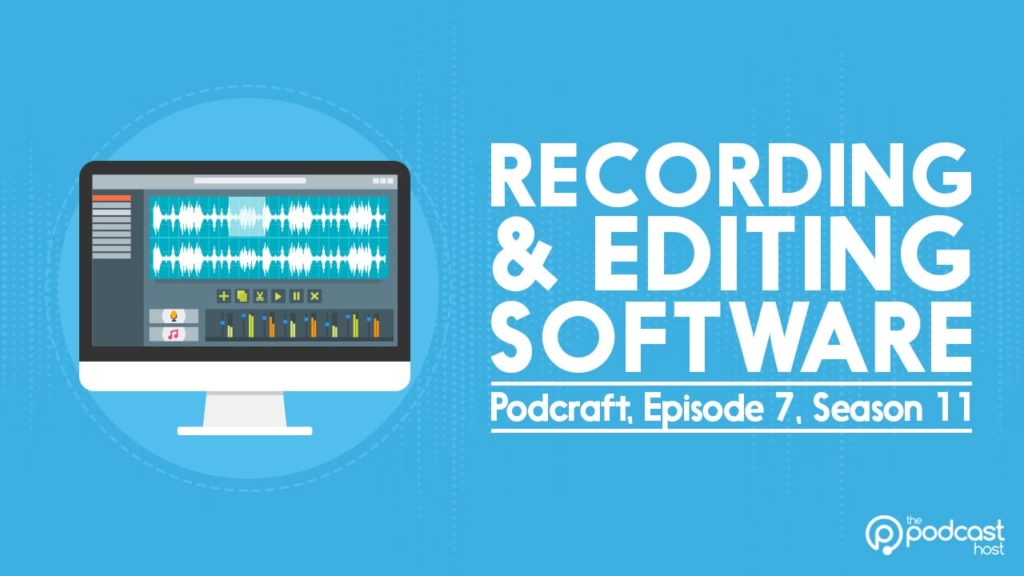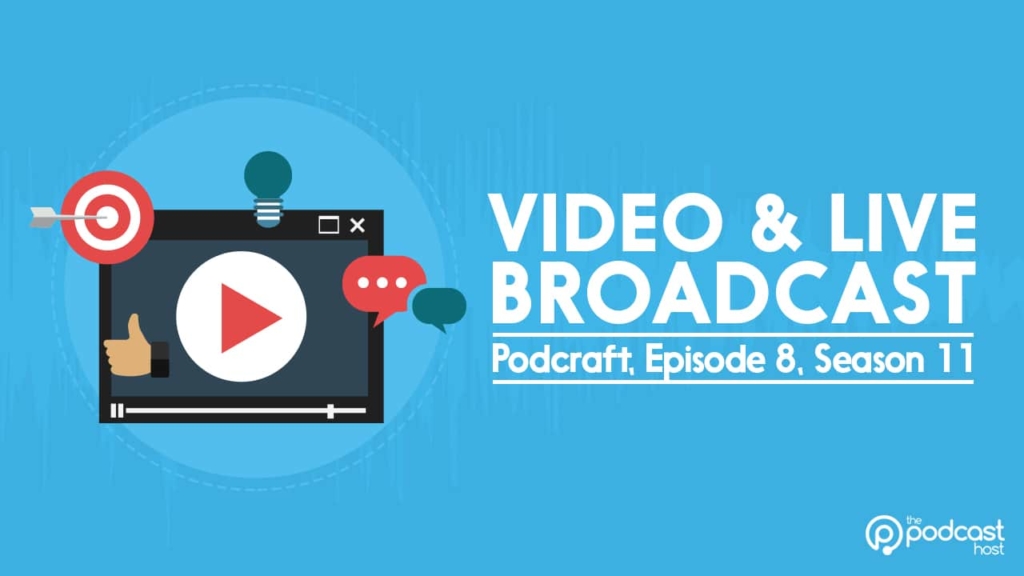This season of Podcraft is all about the gear. We walk you through everything you’ll need to record your podcast, with options to suit every setup, format, and budget!
Episode 1 – What Microphone Do I Need to Podcast?
First thing’s first, you’re going to need something to record into, aren’t you?
On this episode we take a deep dive into the world of microphones for podcasting.
Transcription: What Microphone Do I Need to Podcast?
The Best Podcasting Microphones
Here, you’ll learn
- The difference between XLR and USB mics
- The difference between Dynamic and Condenser mics
- What are Polar Patterns, and which one do you need?
- Can you use built-in mics to podcast?
- And, what are OUR favourite mics?
Also Mentioned in This Episode
- Samson Q2U (USB and XLR)
- Blue Snowball (USB)
- Blue Yeti (USB)
- Rode Procaster (XLR)
- MXL 990 (XLR)
- Shure SM58 (XLR)
- Alitu: The Podcast Maker
Episode 2 – Do I Need a Podcast Recorder? (And if So, Which Kind!?)
In this episode, we’ll cover why you might want to use a digital recorder in your podcasting efforts, and how to choose the best one for you.
Transcription: Do I Need a Podcast Recorder?
We’ve discussed digital recorders in the past, and in fact, you can find our current definitive guide here: The Best Digital Podcast Recorders on the Market. This episode digs into the very same stuff with a little extra detail.
Each option depends on your own unique situation, show format, and budget. But here are some of the models we typically recommend:
- Zoom H1 or Tascam DR-05 – the lower-cost ‘lite’ models
- Zoom H5 or Zoom H6 – premium Zoom options
- Rodecaster Pro II – the ultimate podcast recorder
- Zoom PodTrak P4 – does a lot of what the Rodecaster does at quarter of the price
- Mackie DLZ Creator – the “money is no object” option
Also Mentioned
Episode 3 – Mixers and Audio Interfaces for Podcasting
Mixers and audio interfaces have much in common with the podcast recorders mentioned on our last episode. One crucial difference is that these are less likely to work as standalone devices, and will need other gear to make them work (typically, mics and a computer).
Transcription: Mixers & Audio Interfaces for Podcasting
A mixer or audio interface is an excellent tool if you prefer to use podcast recording software.
Our favourite interfaces are the Focusrite Scarlett 2i2 and the PreSonus Audiobox USB 96. On the mixer front, Dev was highly impressed by the Boss Gigcaster 5 and 8 recently, too.
Also Mentioned in This Episode

Episode 4 – Mobile Recording with Smartphones or Tablets
You most likely already carry an expensive recording device around with you everywhere you go. We’re talking, of course, about your smartphone.
In this episode of PodCraft we take a look at the different gear and options available for turning your phone or tablet into a fully functioning podcast studio.
Gear Mentioned
- Rode SmartLav + and SC6 Splitter – lavalier mic option
- Samson Go Mic Mobile – wireless option, lavalier or handheld
- Zoom iQ5 – attachment capsule
- Shure MOTIV MV88 – attachment capsule
- Shure MV5 – desktop mic which also works with computer via USB
You can also record on-the-go with digital recorders, portable interfaces, laptops, and even mixers. We’ve already covered this in previous episodes of PodCraft, so check out the links there for more info on that.
Also Mentioned
- Our Best Podcast Making Apps Roundup
- Backpack Studio (formerly BossJock)
- Alitu – Our Podcast Maker App

Episode 5 – Audio Monitoring
Podcast listening isn’t exclusive to podcast listeners. Podcasters need to listen to their own audio too – both whilst it’s being recorded, and whilst it’s being edited. We call this type of creator listening “monitoring”, and that’s what we’ll be discussing on this episode of PodCraft.
Key Considerations
- Listen through headphones (even a cheap pair of earbuds) whilst recording audio to pick up on any issues in Real Time.
- Use headphones or speakers with a flat frequency response. Don’t use gear that’ll add extra base that doesn’t exist in your source material, for example.
- Use a headphone splitter to give guests their own headphones whilst recording.
- When choosing headphones, consider things like comfort, isolation, sound leakage, as well as cable length and type.
- Headphones are great for mixing voice, but switch to speakers to mix in your music if you have that option in your setup.
Gear Mentioned
- Audio-Technica ATH-M20X Studio Headphones
- Sony MDR-7506 Studio Headphones
- Beyerdynamic DT770 PRO Studio Headphones
- KRK Rokit 5 G3 Studio Monitors
- M-Audio AV40 Studio Monitors
- Mackie MR5 mk3 Studio Monitors
- HosaTech YMM-261 Stereo Splitter

Episode 6 – Bits & Bobs: Cables, Stands, & More
Cables, stands, jacks, plugs, pop filters – the less glamorous, but still utterly essential part of the podcasting equipment pantheon.
It’s common for podcasters to spend three figure sums on both their mic, and their recording device, then link the two together with a cable they’ll spend $5 on.
On this episode, we look to better understand all these different ‘Bits & Bobs’ by running through what they are, what they look like, and what they do.
Types of Audio Cable & Connection
XLR Cables
XLR cables and inputs. XLR cables are commonly known as microphone cables.
They have a male end and a female end, and are used to connect microphones to equipment, or to create a link between two pieces of equipment (like a mixer to a recorder).
Quarter Inch (1/4”)
The 1/4″ (6.35mm) plug looks like a bigger version of the 3.5mm plug.
They’re commonly used to connect microphones and other gear to recording equipment such as mixers or preamps.
Most mixers and recorders will allow you to connect either an XLR cable or a 1/4″ jack to the same port. These are known as ‘Combo Ports’.
The Standard Headphone Jack
The 3.5mm plug/connection is most commonly found on headphones and earbuds. They’re also found on some smaller microphones too, like ‘lavalier’ clip on mics, and headsets.
TS, TRS, & TRRS Plugs
Audio plugs (like the 3.5mm plug) have markings on them to determine exactly how they work.
These markings come in the form of little black bands that run around the shaft of each plug.
These bands separate each different function of the plug in question.
A plug with one band is known as a tip sleeve or TS jack. That’s because the single band separates the tip from the sleeve.
A plug with two bands is known as a tip ring sleeve, or TRS jack, because the bands have separated a ring in the middle, between the tip and the sleeve.
A plug with two bands is known as a tip ring ring sleeve, or TRRS jack, because that has two rings separated in the middle.
So what’s the purpose of all these tips and rings, and how do they work differently?
TS plugs are traditionally known as mono plugs, because the tip is feeding all the audio to the source in one dose.
TRS plugs are traditionally known as stereo plugs because the tip is now being used to feed the left channel of your audio to the source, whilst the ring is feeding the right channel.
In recent years, a third option was added to this setup – the TRRS plug.
The extra ring was brought in to accommodate a microphone or video option. The most common use of TRRS plugs is talking through a headset on your PC, or making a hands free call on your phone.
RCA
RCA connectors are also known as phone cables or AV jacks.
Mixers have RCA ports on them, and these enable you to connect and play media through them.
RCA cables are usually Y shaped, with the white and red stereo audio plugs at one end, and a single plug on the other end, such as a 3.5mm or 1/4″ connection.
We also cover headphone splitters, microphone stands, and pop filters.
Resources Mentioned
- The Best Boom Arm for Podcasting
- Studio Cable Management for Podcasters
- Finding the Best Audio Cables: The (Not So) Fascinating Truth
- Best Podcast Microphones on the market
- Alitu – Our Podcast Maker App

Episode 7 – Recording & Editing Software
In this episode we’re looking at Audio production software, commonly know as ‘Digital Audio Workstations’ in the audio production industry. We’ll look at the most common options out there to give you an idea of which one might suit you.
A Digital Audio Workstation (or DAW, for short) is simply an audio editing package that lets you cut out mistakes, splice together different clips and add in music or sound effects. It also allows you to process your audio with a range of different effects, all of which can make your Podcast sound much better. Listen to the episode here to find out more!
Resources Mentioned
- Podcraft Academy
- Alitu: The Podcast Maker App
- Audacity
- Hindenburg Journalist
- Adobe Audition
- Reaper
- The Complete Podcast Software Guide
- Best Podcast Editing Software
- Best Podcast Making Apps
- The Minimum Effective Editing Approach
- Best Tools for Recording a Podcast Online

Episode 8 – Video & Live Broadcasting
There are a few good reasons why you might want to broadcast the recording of your episodes live – and maybe even film them too.
Doing live episodes can help build and harness community, as your listeners can feel more directly involved with your content. And the content itself can benefit from that immediate feedback. The ability to answer questions and offer help and advice in real time can really enhance your podcast.
You can also double up your content output without doubling up your workload, by uploading the video recording to Youtube afterwards.
The live approach isn’t for everyone though. Especially if you’ve just started out in podcasting and don’t have an audience yet. Try to keep things as simple as possible in those early days.
However, if you feel you’re ready to jump in and start doing live shows, then this episode is for you.
Resources Mentioned
- How to turn live broadcasts into podcasts that don’t suck
- Best Podcast making apps
- Podcraft Academy
- Alitu – The Podcast Maker
Software
Equipment

Automate Your Podcast Production
Are you a complete beginner with no real technical background, and no desire to learn about audio editing?
If so there’s a tool called Alitu that’ll let you build your episodes in an incredibly simple way. It’s our ‘Podcast Maker’ web app.
Alitu will take your raw audio, do all the volume leveling and cleaning up for you. It’ll let you add in your music, segments, transitions, etc. In fact, it’ll even go as far as to publish your episode for you once it’s ready!
So if you’re in the “non-techy” and “complete beginner” camp, and the thought of editing and production is really holding you back, we’d love you to give it a 7 day free trial.
Work With Us
Podcraft Academy is where you’ll find all our courses, resources, etc. We’ve everything in there from planning and launching, to interview and presentation skills, to equipment and editing, to promotion and monetisation. And on top of that, you get access to our regular live Q&A sessions every single week!